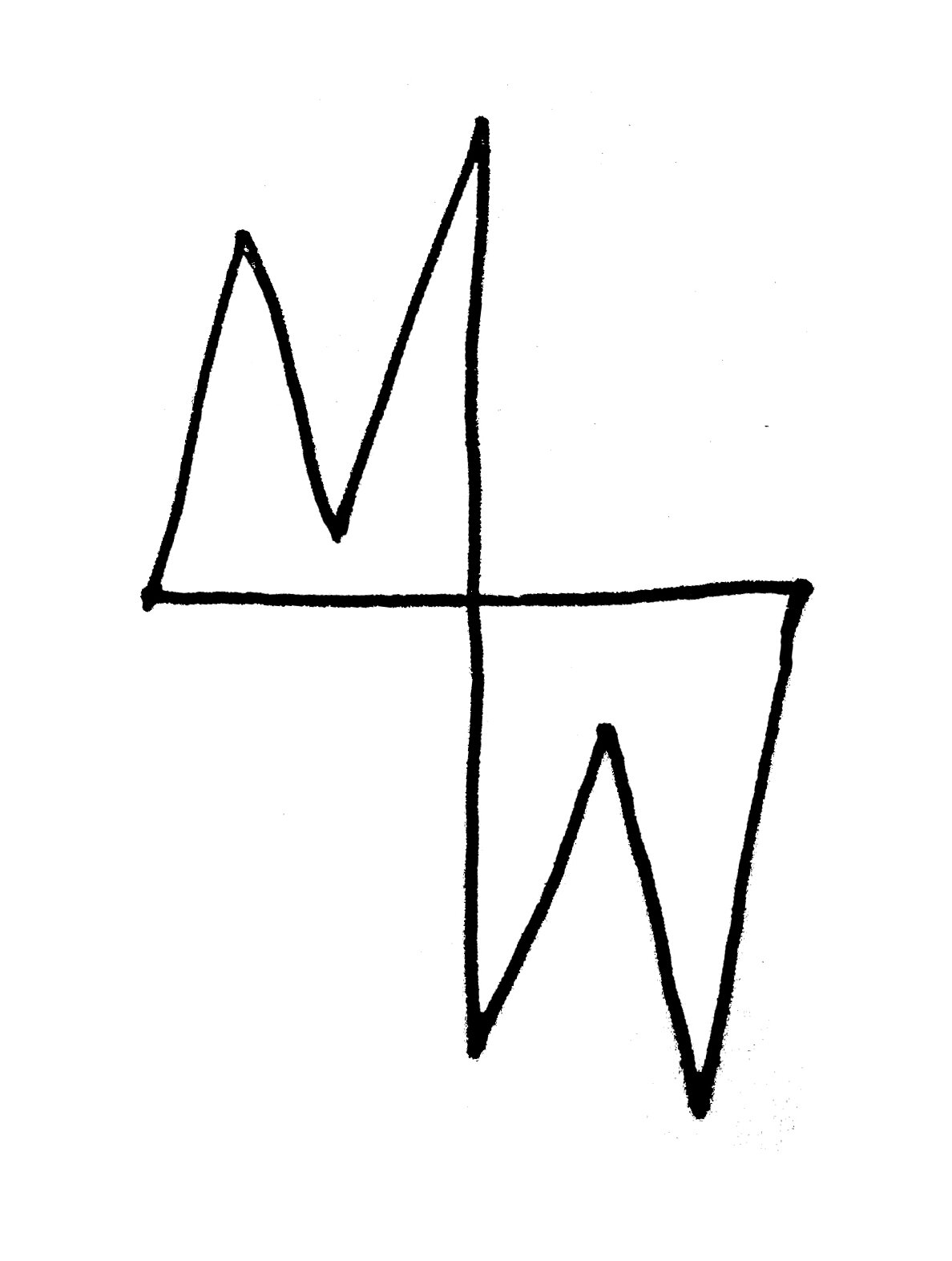What is the language of Collaboration?
Analyzing the Grammatical Architecture Between Choreographers and Composers in the Twenty-first Century
MFA Thesis Dance
New York University, Tisch School for the Arts
New York, NY 10003
May 2020
What are the specific words composers and choreographers use to speak to one another in a creative collaboration? Artists are fluent in their own language, but how do artists of varying genres communicate? This research study aims to understand the language of collaboration between composers and choreographers. Through interviews, video and audio recordings/ transcriptions, the purpose is to differentiate parts of speech as dictated by artists working in their own discipline. Understanding the effect of each other’s speech patterns, vocabulary and verbal lexicon is crucial to analyzing the language of collaboration. Overall aiming to understand what determines a successful collaboration.
Nothing happens until something moves
Exploring the Kinetic Energy of Body, Sound and Space through Movement
BA Thesis Dance Kinesiology
Mount Holyoke College
South Hadley, MA
May 2016
Nothing happens until something moves? If nothing is happening where is the movement initiated from? Life moves in a series of reactions and changes in energy. Movement is produced from the conversion of potential energy to kinetic energy. Potential energy is stored energy and depends on gravity, the mass and relative position of an object in space (Peterson). Kinetic energy is the work to accelerate a body (Peterson). Humans are perpetually in a state of kinetic energy; on the microscopic scale, charges equalize to activate ion channels and transport hormones and necessary molecules such as oxygen and glucose (Sherwood). Neurons constantly fire in the brain, playing a role in voluntary and involuntary behavior generating thoughts and emotions. Muscles pump the heart, circulate blood, and move the skeleton (Clippinger). Physical forces such as friction and gravity affect the efficiency of the system (Hinrichs et al.). These external forces determine the degree of movement a body can have, both on the microscopic and macroscopic scale. But the average individual is unaware of these forces. How and through what medium can these invisibilities be revealed? Like scientists, I believe artists hold the tools to expose hidden forces. In my studies of dance kinesiology I have explored biomechanics, specifically the kinetic energy of the body, space, and sound and played with magnifying these concepts through movement for the stage. My research over the last four years culminated in the creation of a mini ballet: Nothing happens until something moves. This paper, presented as a laboratory report, analyzes each component of the creative process.
